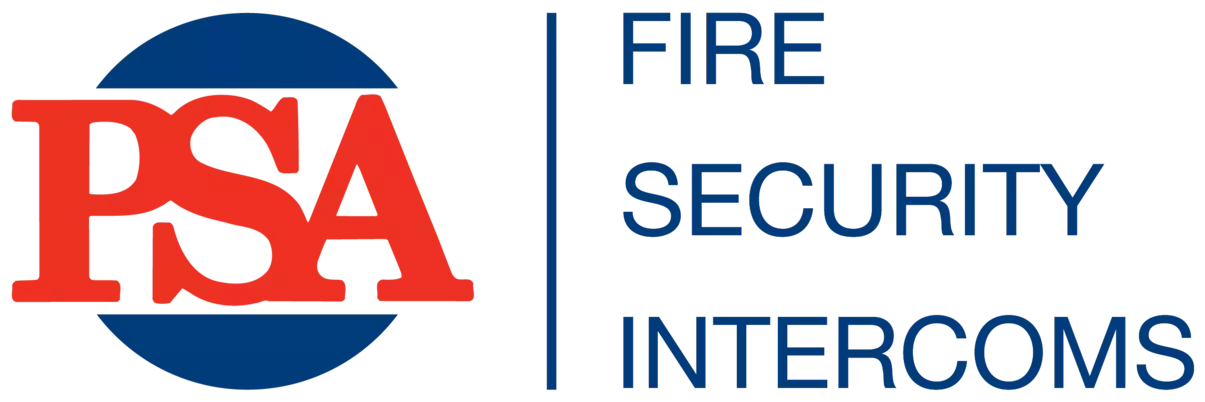Protecting the safety of people and the property they live in is the priority for landlords. It is also a legal responsibility for those who rent out homes and offices to ensure that the buildings they lease out are a safe place to live and work.
The new Queensland smoke alarm legislation changes mean that property owners or managers must ensure rental premises meet all fire safety requirements.
The Fire and Emergency Services (Domestic Smoke Alarms) Amendment Act 2016 (Qld) commenced on 1 January 2017 and imposes additional obligations on landlords and home owners with regards to the installation and maintenance of smoke alarms.
This is set to make Queensland households the safest in Australia in relation to fire safety.
The 10-year phased rollout of interconnected photoelectric smoke alarms in Queensland began on 1 January 2017 and will continue over three specific time periods, with the second phase commencing on 1 January 2022 and the third phase concluding on 1 January 2027.
What are the changes?
To comply with legislation, all dwellings in Queensland are required to have interconnected photoelectric smoke alarms fitted in all bedrooms on every level, as well as in hallways that connect bedrooms and sleeping areas with the rest of the property.
From 1 January 2017, interconnected photoelectric smoke alarms are required in all new dwellings and substantially renovated dwellings, while complying with the Australian Standard (AS) 3786-2014. Existing smoke alarms more than 10 years old, as well as smoke alarms that do not operate when tested must be replaced immediately, while existing hardwired smoke alarms that need replacing must be replaced with a hardwired photoelectric smoke alarm. This has applied to all building applications submitted from 1 January 2017.
By 1 January 2022, photoelectric smoke alarms will be required in all domestic dwellings leased and sold as standard. These photoelectric smoke alarms must be less than 10 years old, operate when tested, interconnectable with every other smoke alarm in the dwelling. Battery operated smoke alarms must be powered by a non-removable 10-year battery. Smoke alarms must be installed between bedrooms where there is no hallway, whereas if there are no bedrooms on a storey, at least one smoke alarm must be installed in the most likely path of travel when exiting the dwelling.
The third and final phase of the rollout will commence from 1 January 2027 and will require interconnected photoelectric smoke alarms in all other domestic dwellings, rented and owned.
What does this mean for landlords?
What this means for landlords is that houses and rented properties in Queensland are required to have smoke alarms that conform to the latest standard by the 1 January 2022 deadline. For landlords in the middle of renewing any tenancies, properties must comply with this legislation now. These new laws apply even for homes to be sold, so it’s vital to not get complacent and think that this does not apply to your rental business. Failure to comply by the deadline could mean that the property may not be leased and the property may not be covered by insurance.
In order to comply with this legislation, it’s important that landlords check what type of smoke alarms are currently fitted in the property. If these are existing hardwired 240volt smoke alarms, then they have to be replaced by a hardwired 240v photoelectric smoke alarm and fitted by a licensed electrician.
For existing homes owned by landlords, there can be a combination of smoke alarms, either 240v or battery operated, and the connectivity can be hard wired and wireless. The most important thing is to ensure that approved smoke alarms are fitted and to discuss the individual requirements with a professional smoke alarm company.
What choice of approved photoelectric smoke alarm is available?
There are a number of smoke alarms available today that now ensure landlords conform with the latest changes in legislation. A landlord may have a number of properties to manage, so it’s ideal to select smoke alarms that are proven reliable and easily maintained, and design to avoid nuisance alarms and ensure to keep tenants happy.
Smoke alarm from PSA Products uses the latest in photoelectric sensing technology and the Lifesaver brand is a trusted brand for over 30 years. The Lifesaver 5800 series smoke alarm range are all compliant to AS3786:2014 standards and includes quick-slide easy mounting base plate. The photoelectric smoke alarms boasts the smallest insect screen available on the market to reduce nuisance alarms and comes equipped with a single test & hush button. Its chamber dust monitoring feature alerts when the unit is in need of a clean, while its low battery warning delay allows you to silence the low battery beeping for up to 8 hours before you change the battery.
The Lifesaver LIF10YPEW is a battery operated smoke alarm with wireless interlink control and the ability to interconnect up to 24 units wirelessly. The LIF10YPEW is ideal where there are a number of sleeping areas and hard-wiring interlink is difficult or not possible. If one unit activated, then all the other alarms in the same system will also sound. This is a good system for rental properties of multiple occupancy to remain compliant with legislation.
Top of the priority list for a landlord’s portfolio management is to review all existing rentals and the requirements against the new legislation by the 1 Jan 2022 deadline. It’s important for landlords to ensure the required number of units are compliant and fitted to existing properties. Landlords must make sure this is made clear in any information given to current and prospective tenants and are not caught out by the new requirements.
To view smoke alarms that are compliant with the new Queensland legislation, click here. For general information about the new legislation and how it can affect you, read this article here. For more information about work safety and smoke alarm installations, click here.


